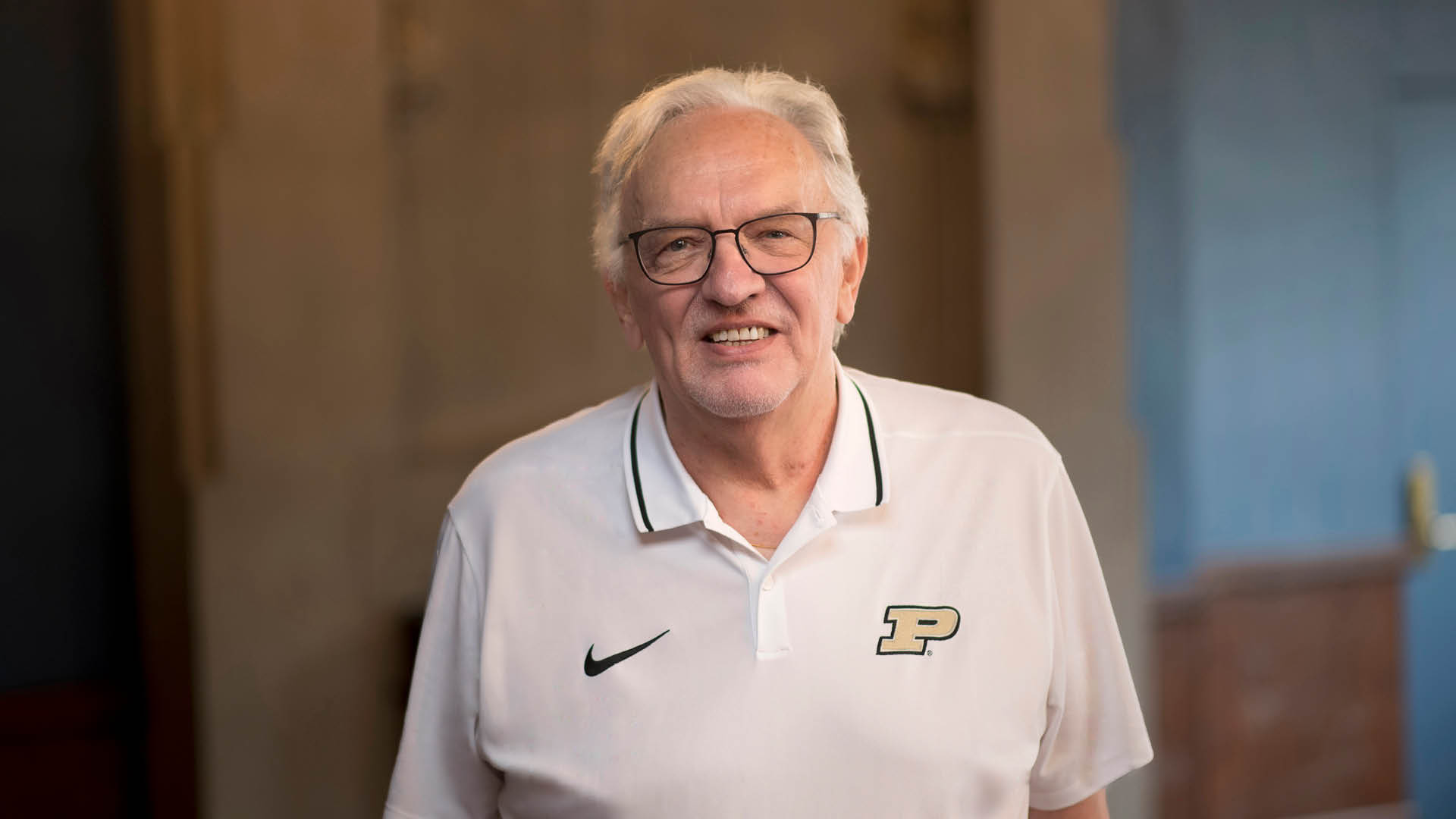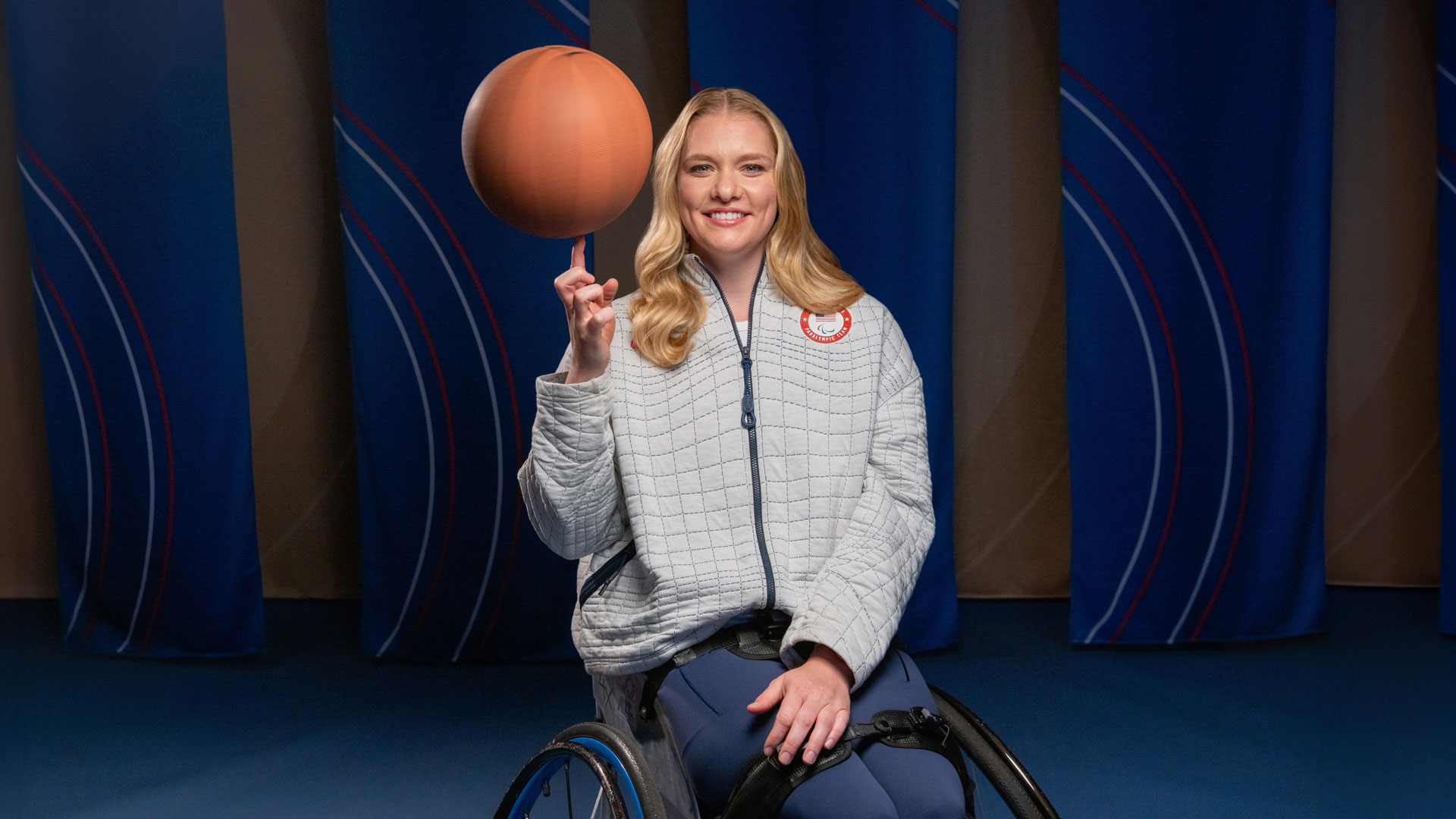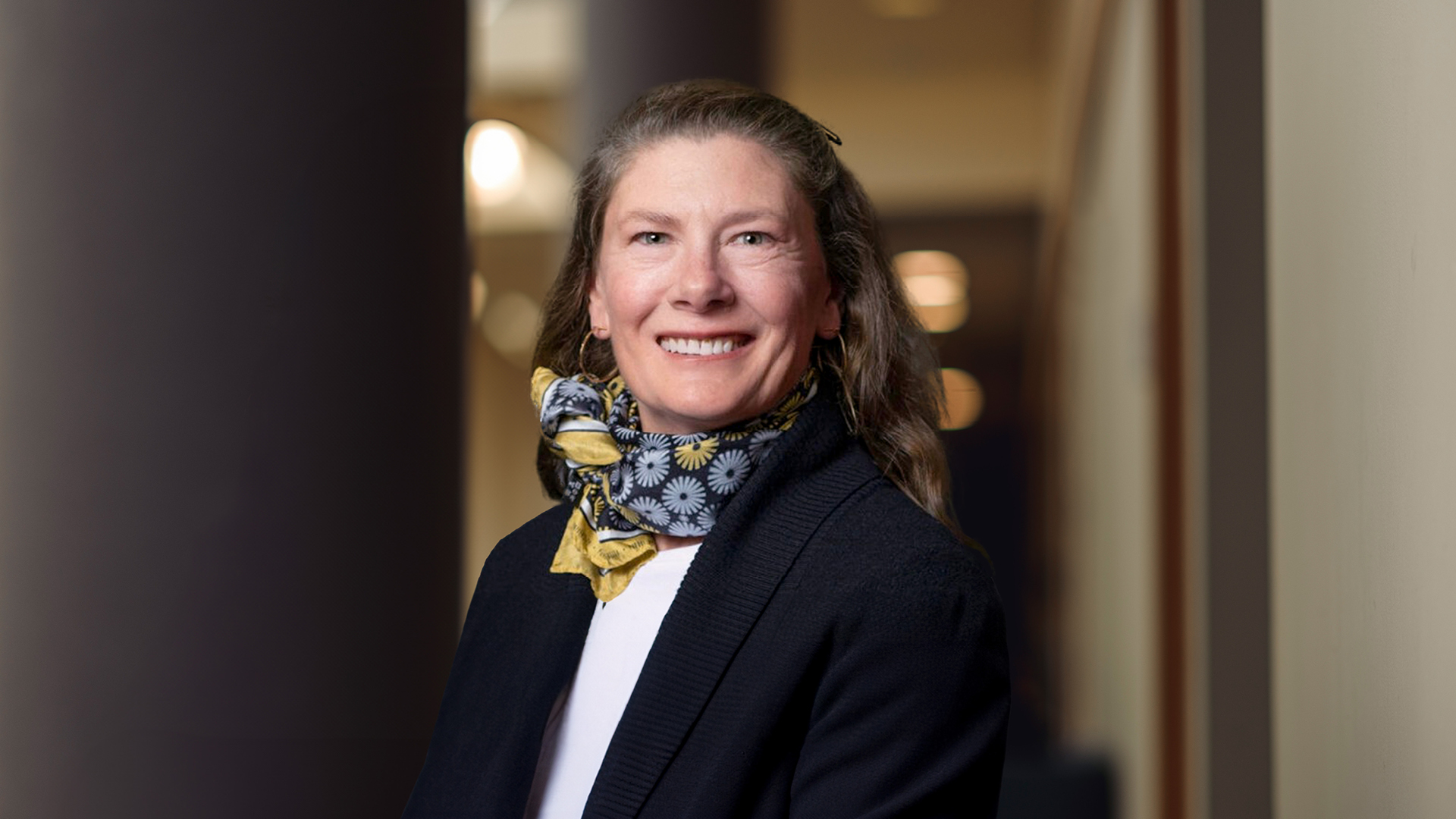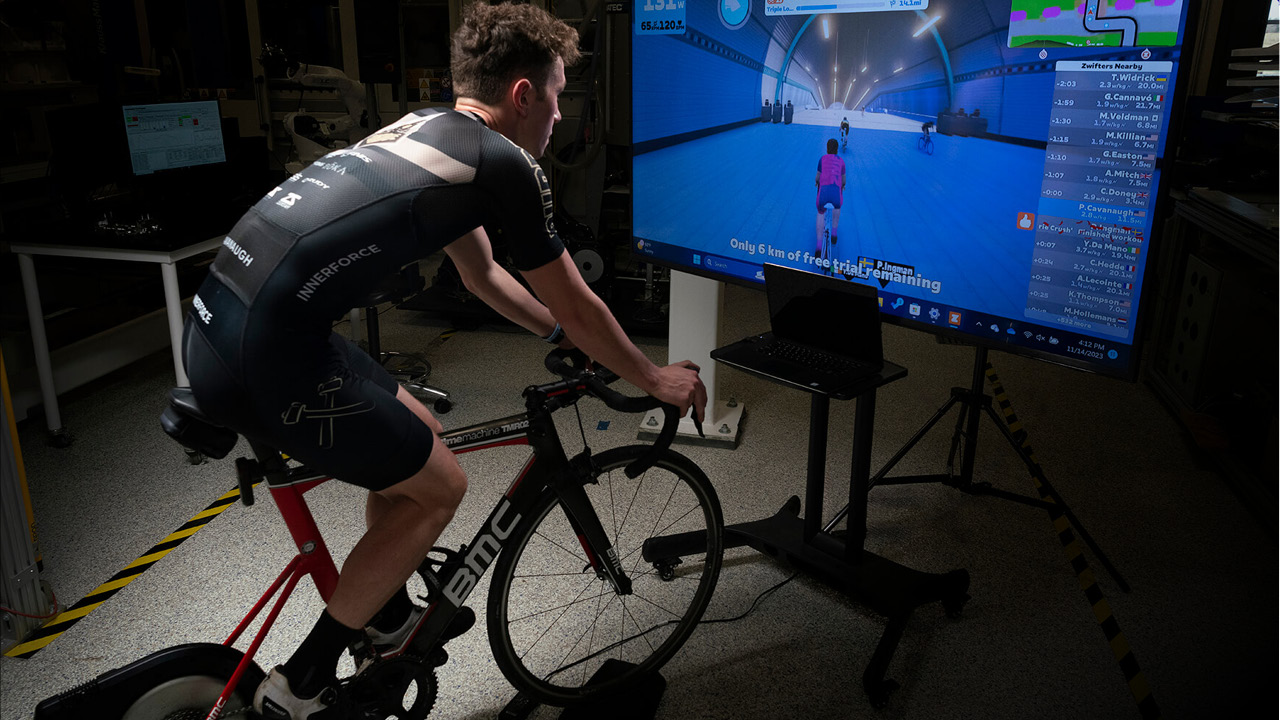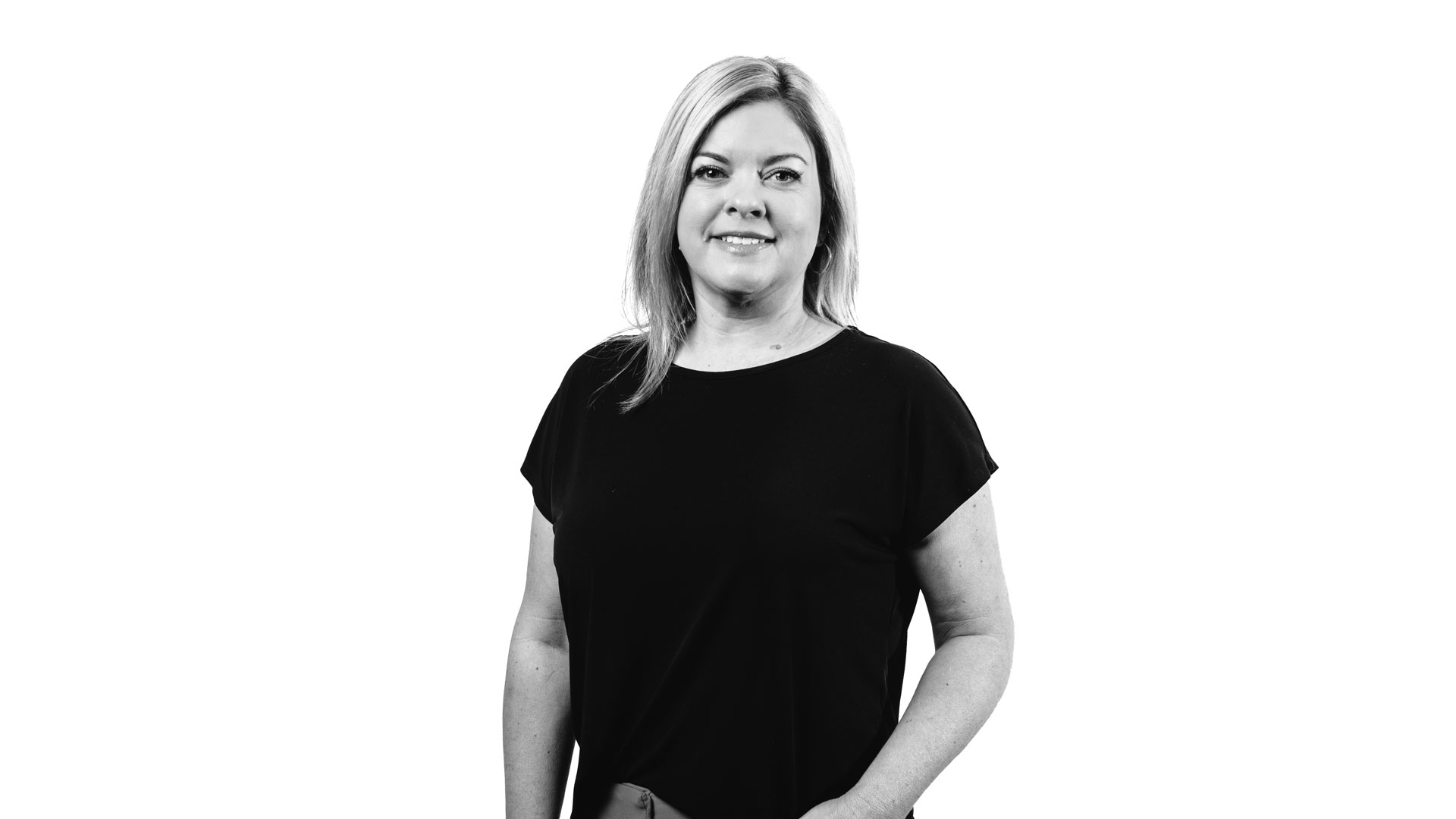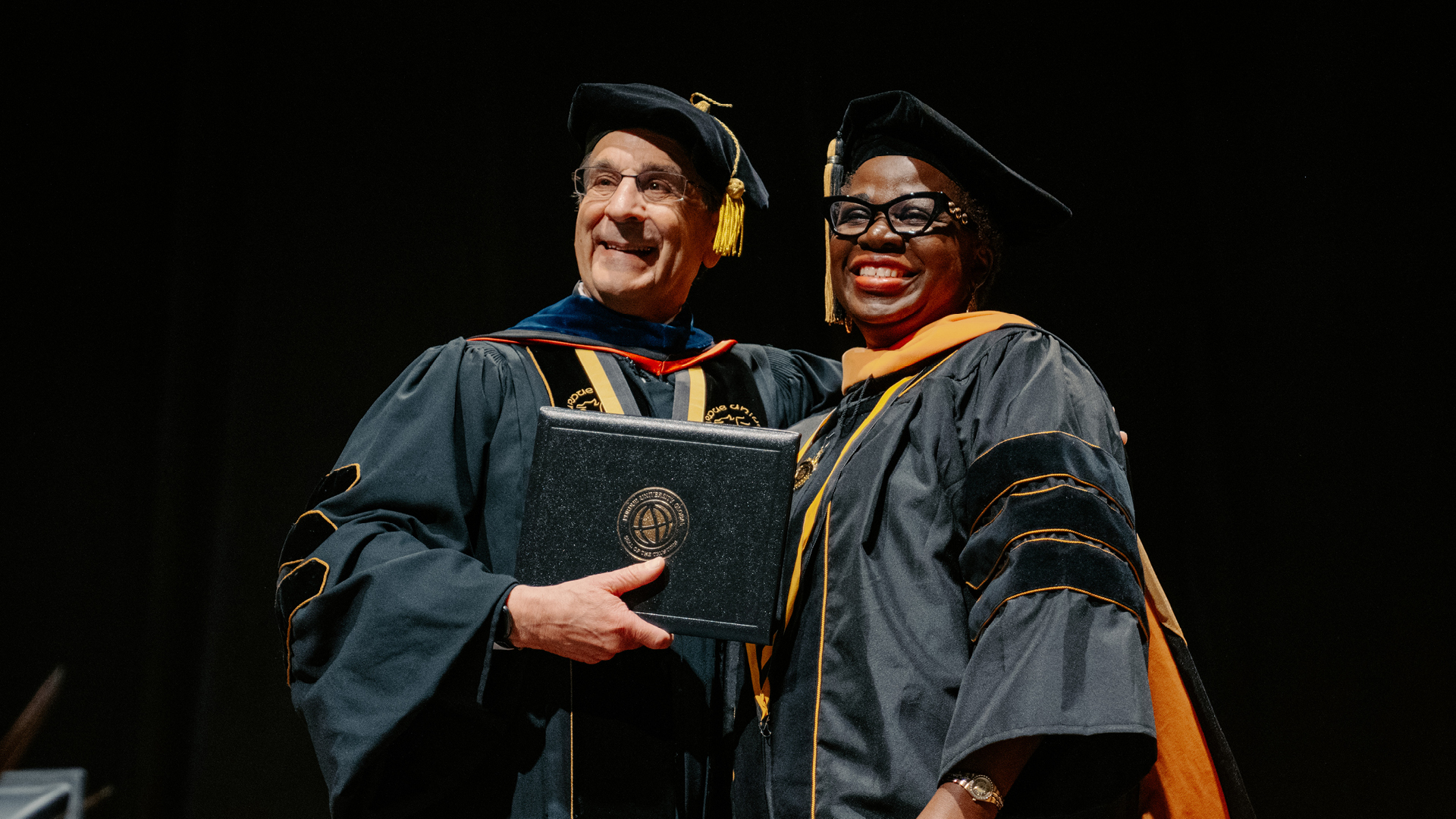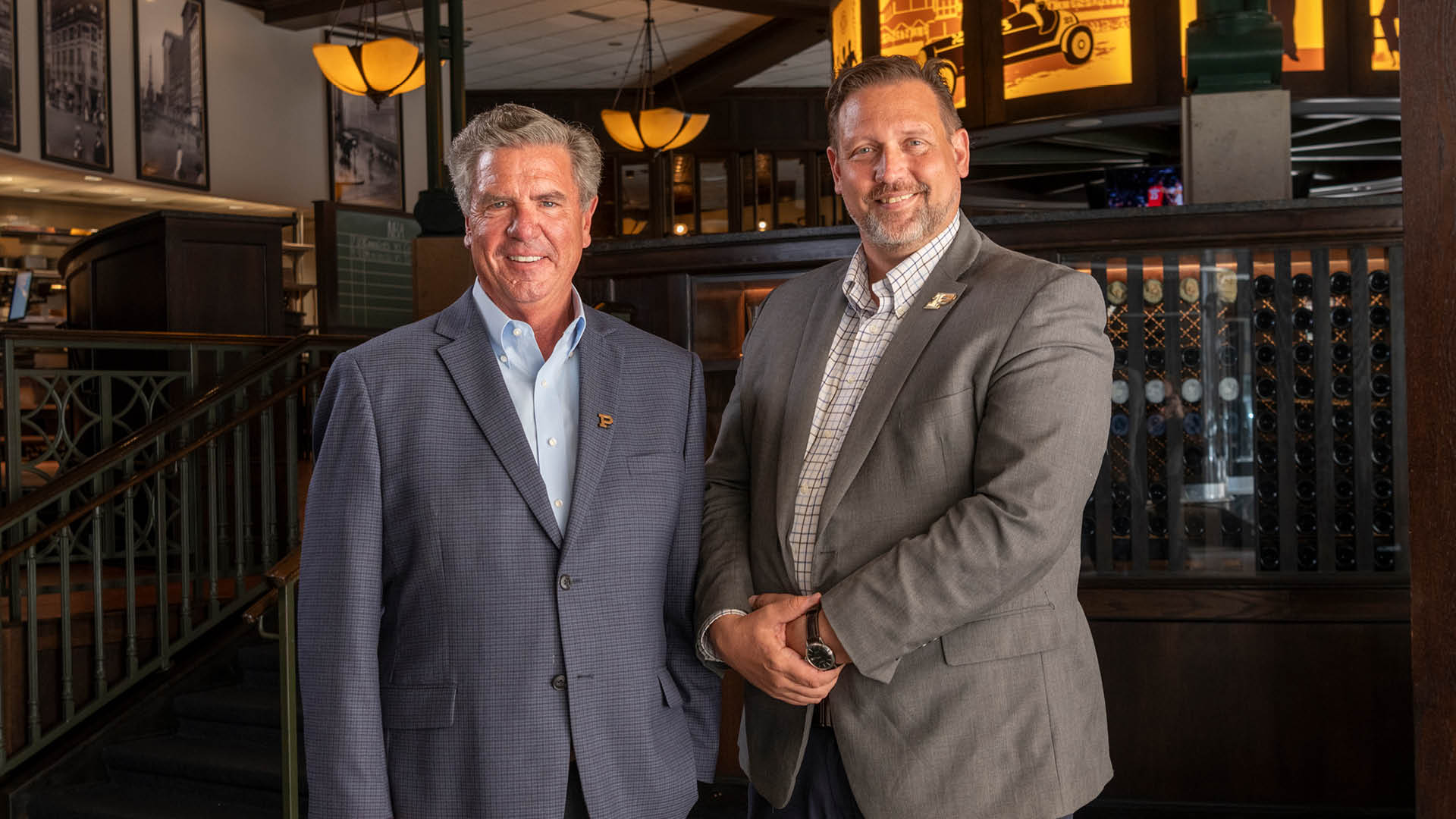Purdue art that’s larger than life
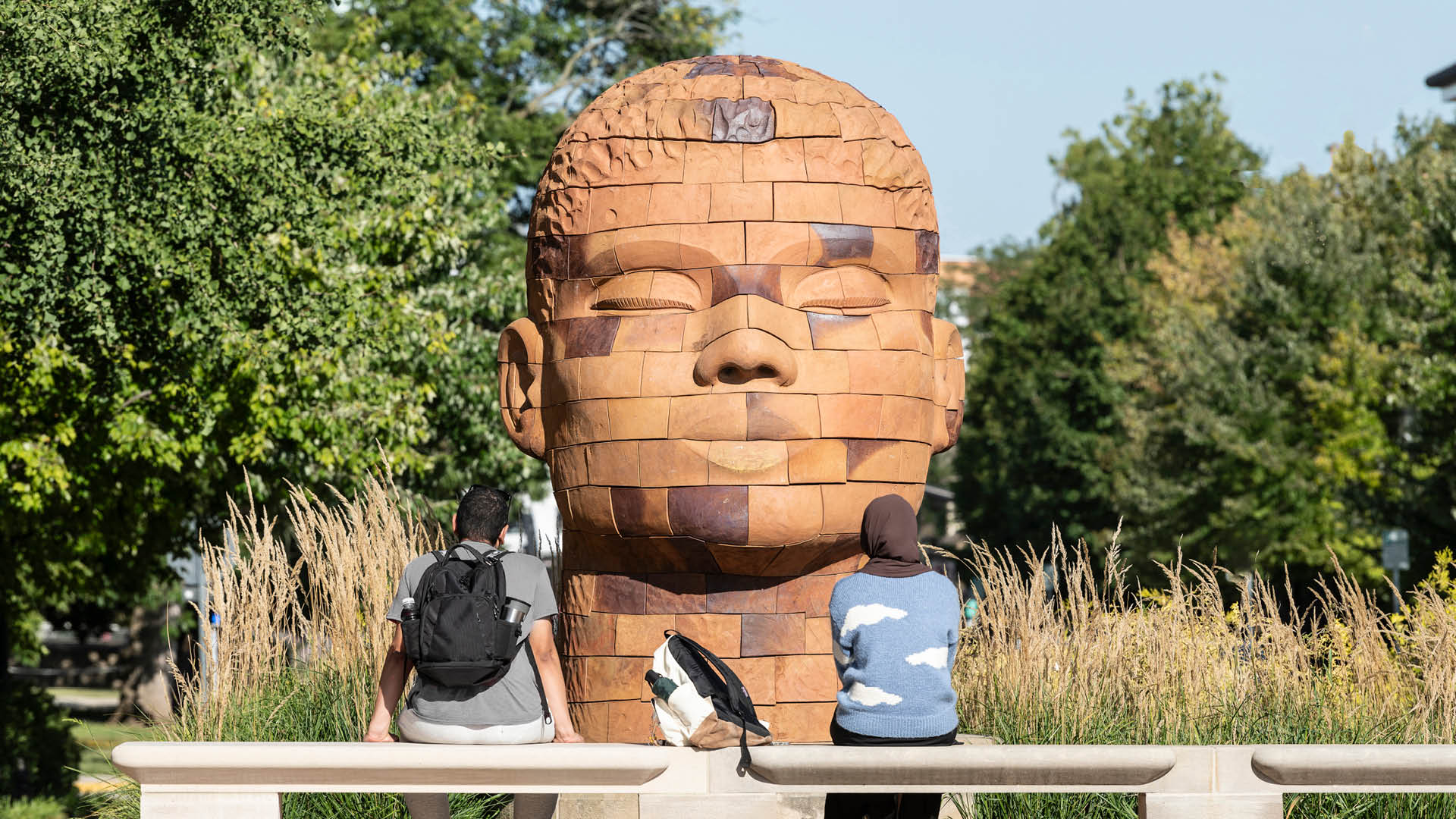
Located outside Pao Hall, Brickhead Conversations plays a 24-hour loop of peaceful wetland wildlife recorded by Bryan Pijanowski, professor of forestry and natural resources.
These West Lafayette campus art pieces invite us to embrace the present and boldly journey forward together
Art saturates Purdue’s West Lafayette campus. Everywhere you turn, you will find fountains and statues, sculptures and paintings, that all celebrate Boilermakers and their accomplishments. Some of them, however, stand above the rest — literally. Join us as we take a tour of some of the biggest, boldest and most eye-catching pieces at Purdue.
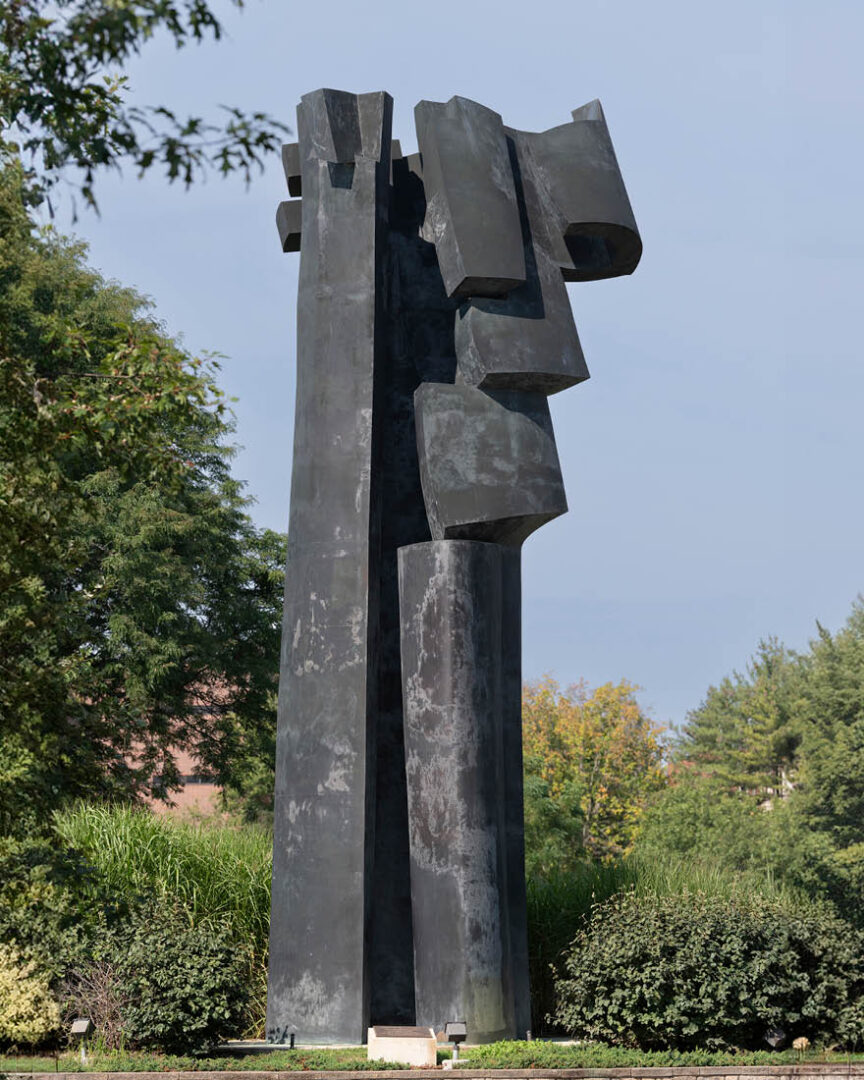
Transformation
Towering 40 feet high and weighing 20 tons, Transformation dominates the area surrounding the Agriculture Mall.
The idea for the statue originated with Purdue President Emeritus Steven C. Beering during a European vacation, where he first encountered Faustino Aizkorbe’s artwork. His work had such an impact on Beering that he asked the Class of 1952 to contract the Basque artist for their class gift. They agreed.
Aizkorbe made two visits to Purdue’s campus to get a better idea of the university’s layout — and its spirit. He met with faculty, students, staff and representatives from the Class of 1952 to better understand their experiences and their vision for the piece.
According to an article from Purdue Alumnus magazine, “He was reminded of the Romanesque pillars that support the world’s great buildings, and he wanted to incorporate Purdue’s engineering legacy while acknowledging its continuously changing nature through the sculpture’s unfurling pattern, which appears symmetrical when viewed from above.”
The relationship that Aizkorbe developed with Beering made such an impact that he created a second sculpture for campus as a tribute to our former president. Located outside Beering Hall of Liberal Arts and Education, it consists of four iron rails and what appears to be sails set atop them.
These would be sounds that really might have been heard at this very site before it was developed. I then was able to build a 24-hour day in the life of this natural Indiana wetland.
Bryan Pijanowski
Professor of forestry and natural resources
Brickhead Conversations
When you think about talking heads, you probably picture people talking past one another on cable news in frustrating and futile exchanges. Purdue, however, is home to a pair of talking heads that invites you to pause, be still — and listen.
James Tyler sculpted Brickhead Conversations at his New York studio before cutting it into bricks, firing them and transporting everything to West Lafayette for installation.
Flanking the entrance to Pao Hall of Visual and Performing Arts, Tyler’s sculptures captivate the senses and engage the imagination. While the two epically proportioned heads face each other, their eyes are closed in a posture of reflective quiet.
Brickhead Conversations features a 24-hour loop of sounds from a nearby wetland recorded by Bryan Pijanowski, professor of forestry and natural resources and former director of the Discovery Park Center for Global Soundscapes.
“These would be sounds that really might have been heard at this very site before it was developed,” Pijanowski told WBAA in 2013 when the sculpture was dedicated. “I then was able to build a 24-hour day in the life of this natural Indiana wetland.”
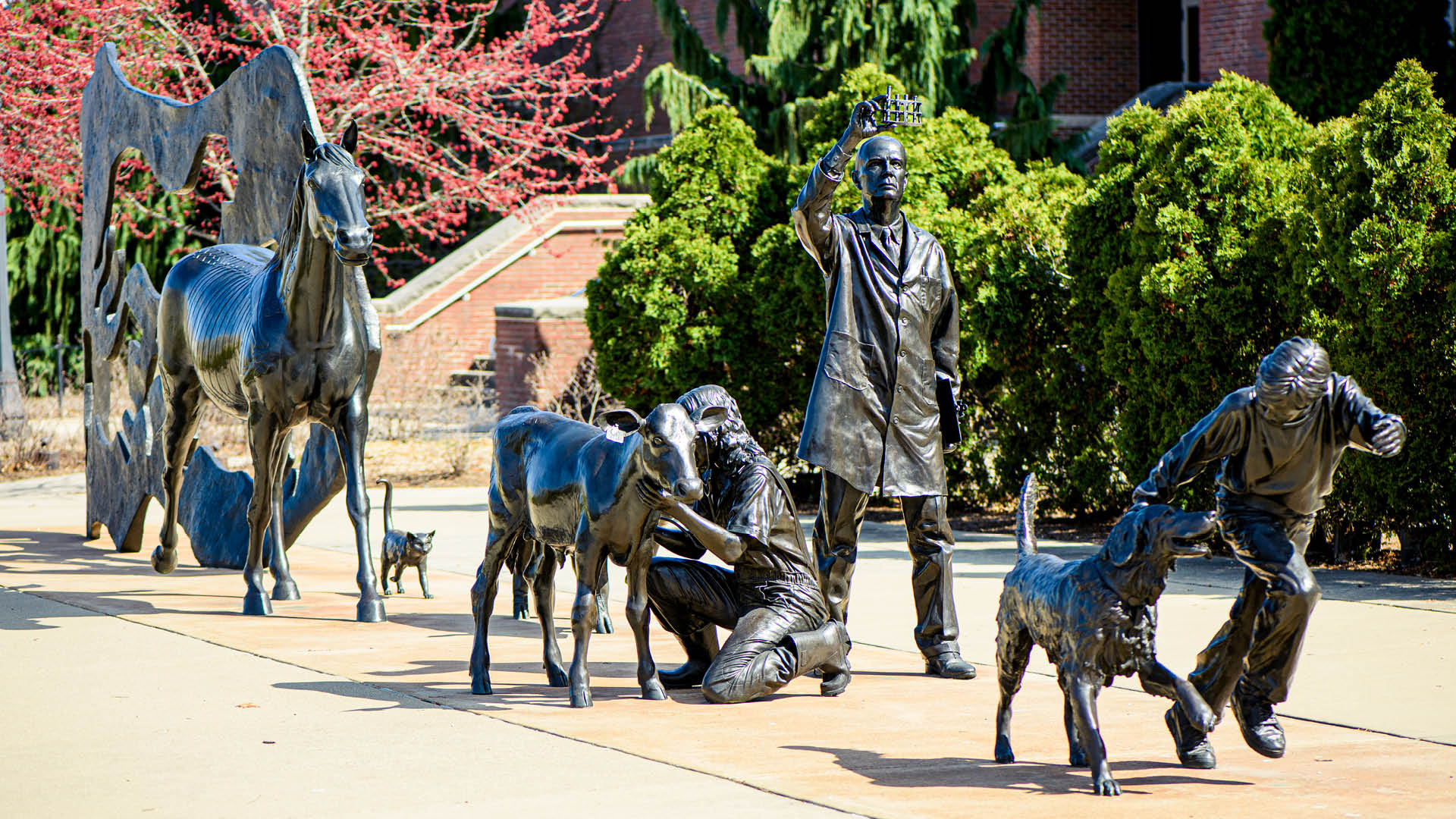
Continuum
Located outside the Purdue College of Veterinary Medicine, Continuum tells a story 20,000 years in the making.
Inspired by the Lascaux cave in southern France, the 45-foot-long installation depicts the human-animal relationship as it has evolved from ancient times to the present day.
The College of Veterinary Medicine proposed the idea in 1998, ultimately selecting Larry Anderson to create the piece after a nationwide contest.
The installation includes seven individual statues. Looking south from Harrison Street toward the Charles J. Lynn Hall of Veterinary Medicine, you can see the early history inspired by ancient cave drawings. Moving toward the right, we jump forward 10,000 years to the domestication of horses, pigs, cows and other livestock.
Moving forward to the present day, two veterinarians work side by side — one examining a calf and the other standing, looking at test results. The next time you stop by, be sure to check out the horse, pig and cat. These three show the animals’ skeletal, circulatory and nervous systems.
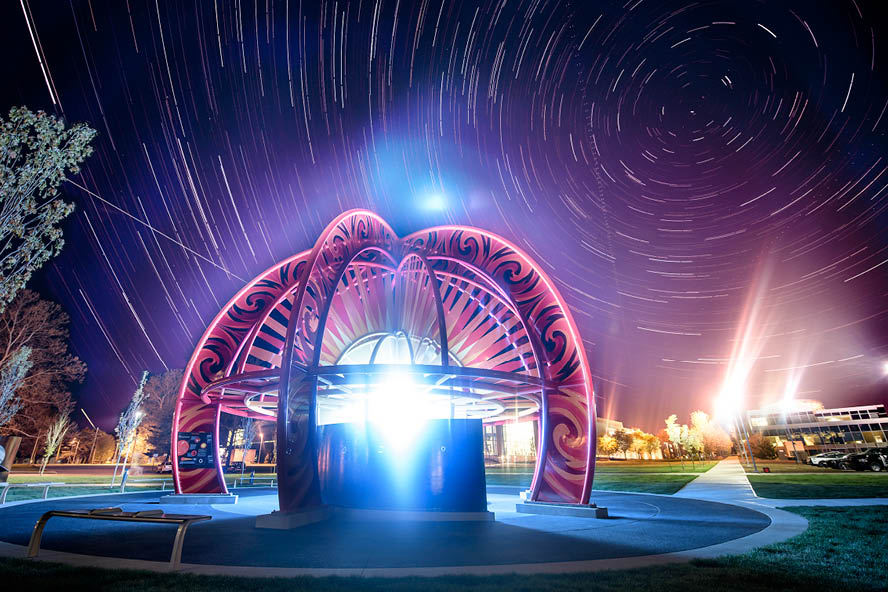
I think Janice would be pleased. She enjoyed nature, the Earth, what’s outside the Earth and where we might be going. It all fits.
Louise VossMother of Janice Voss (BS engineering science ’75)
VOSS: Visiting Our Solar System
Visiting Our Solar System, or VOSS, is one of the most interactive art installations on Purdue’s campus. As its name suggests, VOSS is a model of our solar system — designed at scale, both for distance and the relative size of the planets.
At the center is a massive sun, measuring approximately 45 feet in diameter. The Earth, by contrast, measures about six inches. As you leave the outer ring planets of the solar system, every three steps take you about 16 million miles closer to the sun.
The VOSS model is dedicated to Janice Voss (BS engineering science ’75). The South Bend, Indiana, native began classes at Purdue at just 16, and she graduated at 19, going on to become Purdue’s first female astronaut. She made her first flight aboard STS-57 in 1993, spending a total of 49 days in space across five missions — second only to Jerry Ross (BS mechanical engineering ’70, MS mechanical engineering ’72) for the most flights undertaken by a Purdue astronaut.
The project involved extensive student support. Through Engineering Projects in Community Service (EPICS), more than 50 students helped to plan a related website, create educational plaques, support PR efforts and work with Purdue’s West Lafayette campus architect and safety officer on the model’s design.
Visiting Our Solar System was dedicated in 2014, two years after Voss passed away from breast cancer at the age of 55.
Quoted in Purdue Alumnus magazine, Voss’ mother, Louise, said, “It sure makes a statement. I think Janice would be pleased. It’s in line with the kind of attitude she always had. She enjoyed nature, the Earth, what’s outside the Earth and where we might be going. It all fits.”
The VOSS model can be found along South Martin Jischke Drive between Terry House (the Purdue University Police Department building) and the Hall for Discovery and Learning Research.
The next time you’re on campus, take a detour to wander the solar system for yourself.
